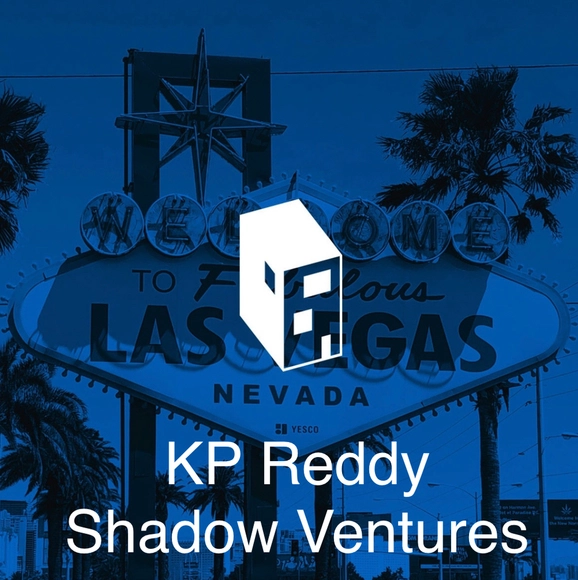
As the growing complexity of our world presents us with ever-growing challenges at an unprecedented speed, our built environment has become one of our society’s most critical questions. From energy scarcity to inequality, density, diversity, waste, food production, circular economy, and identity—it all converges into the built environment. To face this, architecture needs to evolve and scale.
During the last century, our profession has followed a linear evolution since the breakthrough of modernism, but the growing pressures have laid out the perfect scenario to push architecture to take its next leap. We see an increasing number of architects questioning the way we organize and practice, seeking to have a wider, stronger, faster, and more scalable impact. And they are choosing to do things in a new way, creating new practices, companies, collectives, or startups that are leading the revolution with their new approaches, proposals, and solutions, and inspiring others to join.
















